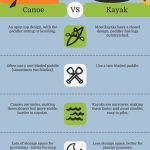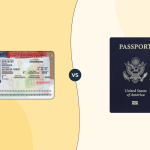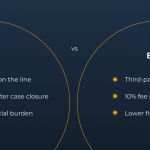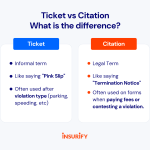Understanding legal terms can be tricky. Bail and bond are two such terms. They sound alike but are different. Let’s learn what they mean.
What is Bail?
Bail is money paid to the court. It is a promise. A promise that the person will return for their court date. If they do not return, they lose the money.
Think of bail as a safety deposit. It ensures the person comes back. If they return, they get their money back. Simple, right?
How is Bail Set?
A judge decides the bail amount. The amount can vary. It depends on many things. For example, the crime type, the person’s past record, and if they are a flight risk.
A flight risk means they might run away. Judges consider all these before setting bail. It’s an important decision.

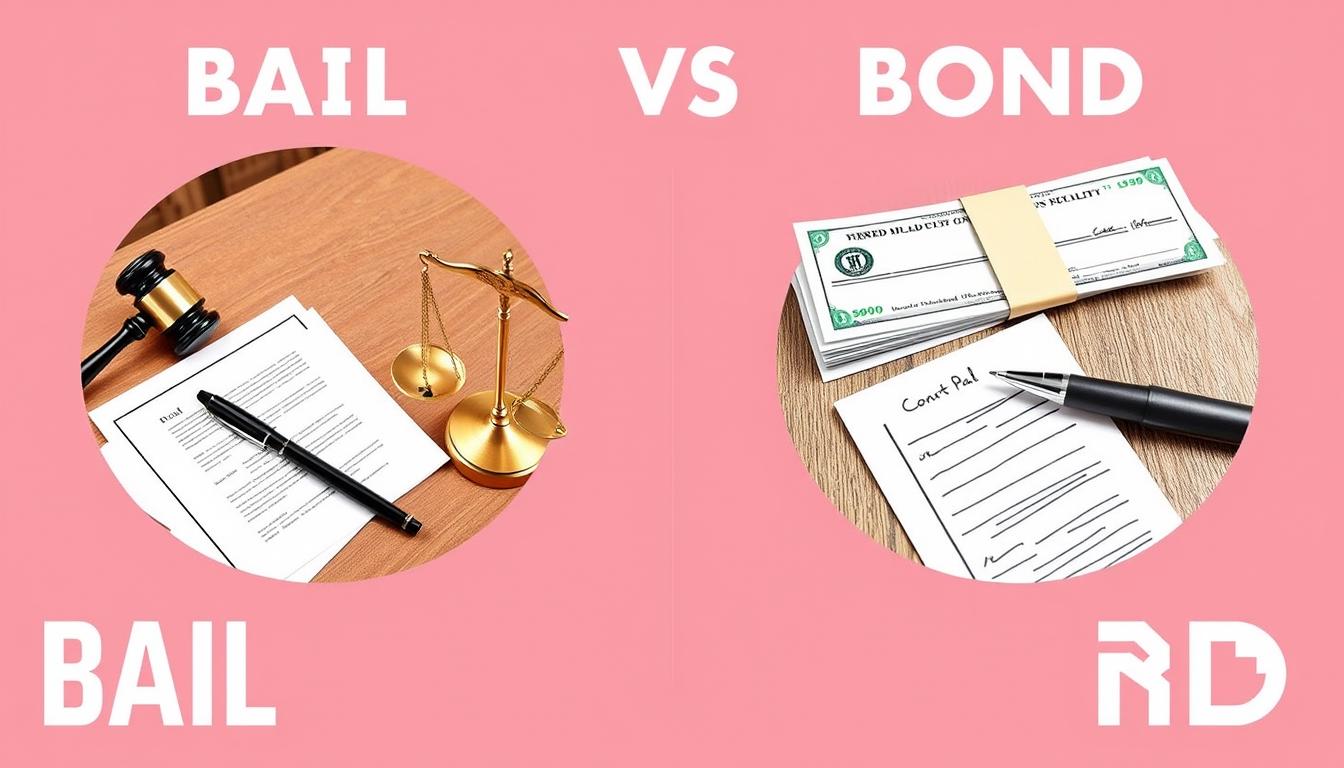
What Happens After Bail is Set?
After bail is set, the person has options. They can pay the full amount in cash. This is called cash bail. If they can’t pay, they stay in jail. Until their court date. This can be tough.
What is a Bond?
A bond is different from bail. It is not paid in full. Instead, a bondsman helps. A bondsman is a person or company. They pay the bail on behalf of the person.
The person pays the bondsman a fee. This fee is usually 10% of the bail. The bondsman then pays the court. This allows the person to leave jail.
Types of Bonds
There are two main types of bonds. Let’s look at them.
- Surety Bond: This is the most common type. The bondsman pays the full bail amount. The person pays a fee to the bondsman. This fee is not returned. It is the bondsman’s payment for taking a risk.
- Property Bond: Here, property is used instead of money. The person pledges their property. If they don’t return, they lose the property.
Why Choose a Bond?
Not everyone has cash for bail. Bonds help in such cases. They allow people to leave jail. Without paying the full bail amount.
Bonds are useful for those who can’t afford bail. They provide a way out. But, they come with risks.
Risks of Using a Bond
Using a bond has its risks. If the person does not return, problems arise. The bondsman can take action. They can hire a bounty hunter. A bounty hunter finds the person and brings them back.
The person may also lose their pledged property. Or face other penalties. It’s important to understand these risks.
Comparing Bail and Bond
Let’s compare bail and bond in a simple table:
| Feature | Bail | Bond |
|---|---|---|
| Payment | Full amount paid in cash | Fee paid to bondsman |
| Return | Money returned if court date is kept | Fee not returned |
| Risk | Lose money if not returned to court | Lose property or face penalties |
| Involvement | Direct payment to court | Involves bondsman |
Frequently Asked Questions
What Is Bail In Legal Terms?
Bail is money paid for temporary release. It ensures the accused returns for trial.
How Does A Bond Differ From Bail?
A bond is a form of bail. It involves third-party guarantees, usually from a bail bondsman.
Can You Explain Cash Bail?
Cash bail requires the accused or their family to pay the full bail amount upfront.
What Types Of Bonds Exist In Criminal Cases?
There are secured, unsecured, and signature bonds. Each type has different requirements and conditions.
Conclusion
Bail and bond are both used to get out of jail. They help people return to their lives until court dates. But they work differently.
Bail is a full cash payment. Bond involves a bondsman and a fee. Both have their pros and cons. It’s important to understand them.
Knowing the difference helps make informed choices. Especially if faced with legal troubles.


